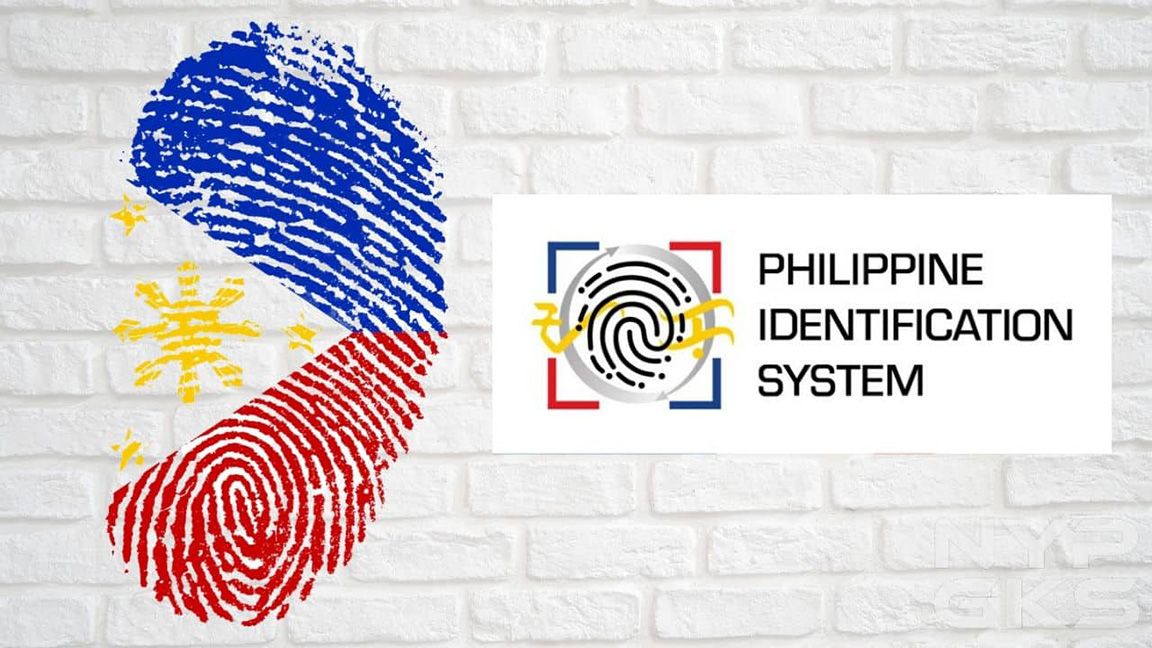In what could be a looming problem that might lead to confusion, it appears that some private banks do not consider the PhilSys ID as a sole and valid proof of identity of an individual.
TOUTED as a national identification system that can be used for all types of transactions, it now appears that private banks do not recognize the Philippine ID system (PhilSys) of the Philippine Statistics Authority in its dealings with clients.
For this, the Bangko Sentral is reminding the public and the BSP-supervised financial institutions that PhilSys ID is considered sufficient proof of identity to open a bank account.
As a matter of policy, banks normally demand two government-issued ID, or a passport, or driver’s license before it can entertain any transaction.
In Memorandum No. M-2021-057 issued last October 21, the BSP endorsed the October 4 advisory issued by the PSA which reminds all government and private entities to accept the Philippine Identification (PhilID) card as sufficient proof of identity, subject to proper authentication.
This is in line with Republic Act No. 11055 or the PhilSys Act.
“PhilSys will help more Filipinos, especially the marginalized and low-income, to begin saving money in banks and other BSFIs,” BSP Governor Benjamin E. Diokno said.
Diokno said the national ID system will support the wide- scale opening of transaction accounts, particularly the basic deposit account, which is designed to meet the needs of the unbanked.
Sufficient proof
In support of the earlier PSA advisory, the BSP’s issuance instructs BSFIs that the PhilID, in both physical and mobile formats, shall be accepted as sufficient proof of identity without the need for another ID.
It also emphasized that the PhilSys will offer online and offline methods for identity authentication through the PhilID physical security features, QR code digital verification, biometric verification, and SMS one-time password (OTP).
These features will facilitate stronger and more secure methods of identity verification than traditional methods such as manual matching of handwritten signature against specimen.
BSFIs are likewise directed to include the PhilID in their list of valid IDs to be displayed on their counters, public entrances of their establishments, websites, social media accounts, and other consumer information channels.
But where is the claim that only PhilSys ID will suffice for all transactions?
As a foundational digital ID system, the BSP considers the PhilSys as a game changer for financial inclusion, a state wherein there is effective access to a wide range of financial services for all.
Aside from contributing to the massive opening of transaction accounts, PhilSys is expected to transform how services are delivered and accessed in the Philippines, accelerating the country’s transition to a digital economy.
The PhilSys is considered a major infrastructure component in the BSP’s Digital Payments Transformation Roadmap, which was launched in October 2020 with the twin goals of digitizing 50% of the total volume of retail payment transactions by 2023 from 19 percent in 2019 and bringing account ownership among adult Filipinos to 70 percent by 2023 from 29 percent in 2019.
As of October 21, the number of transaction accounts opened due to the co-location of PSA registration sites and Land Bank account opening facilities totaled 5,922,304 accounts.
Tags: #PhilSys, #nationalIDsystem, #banks, #financialinclusion
